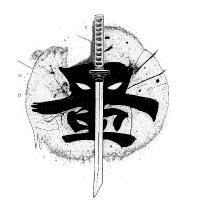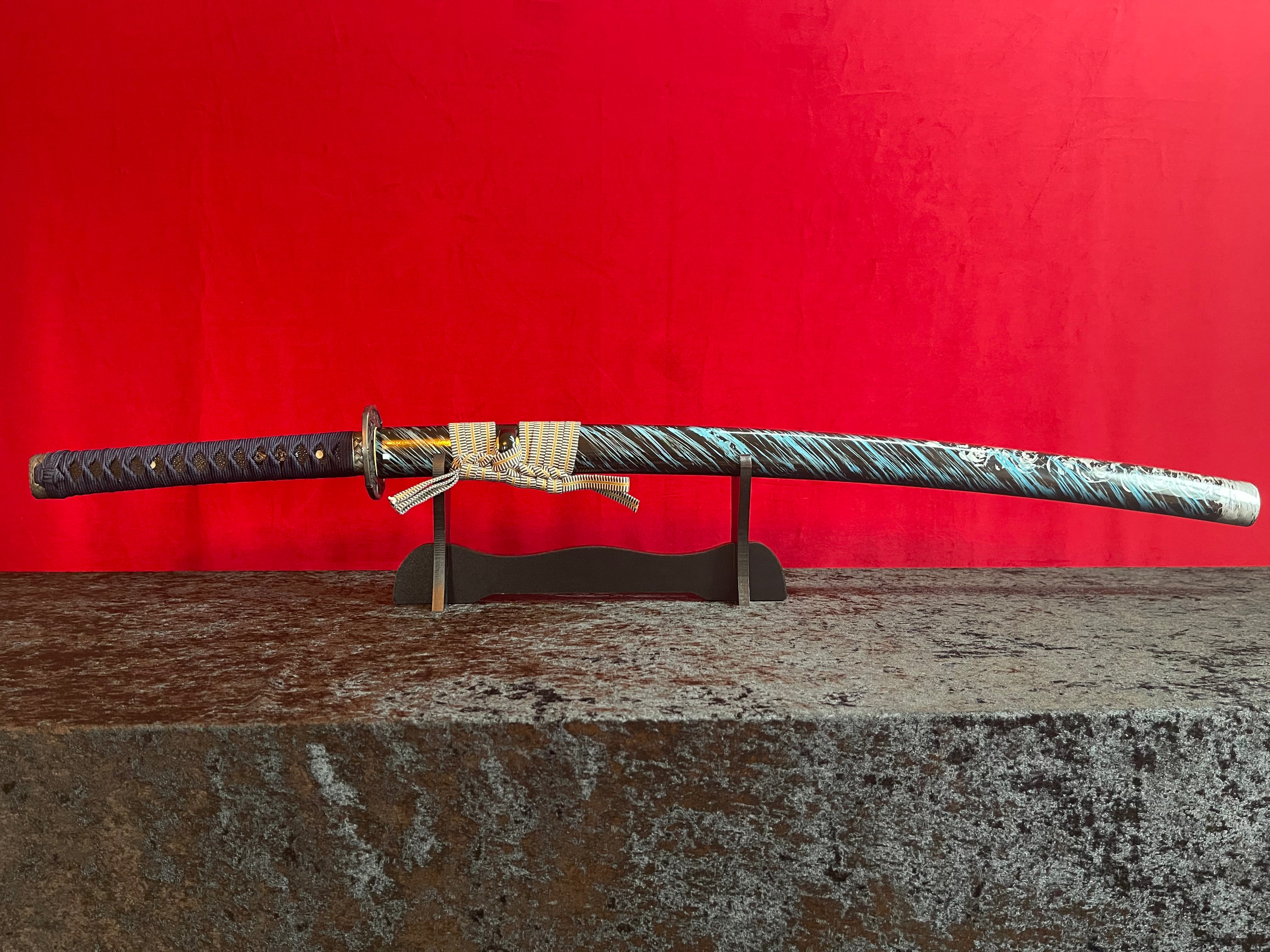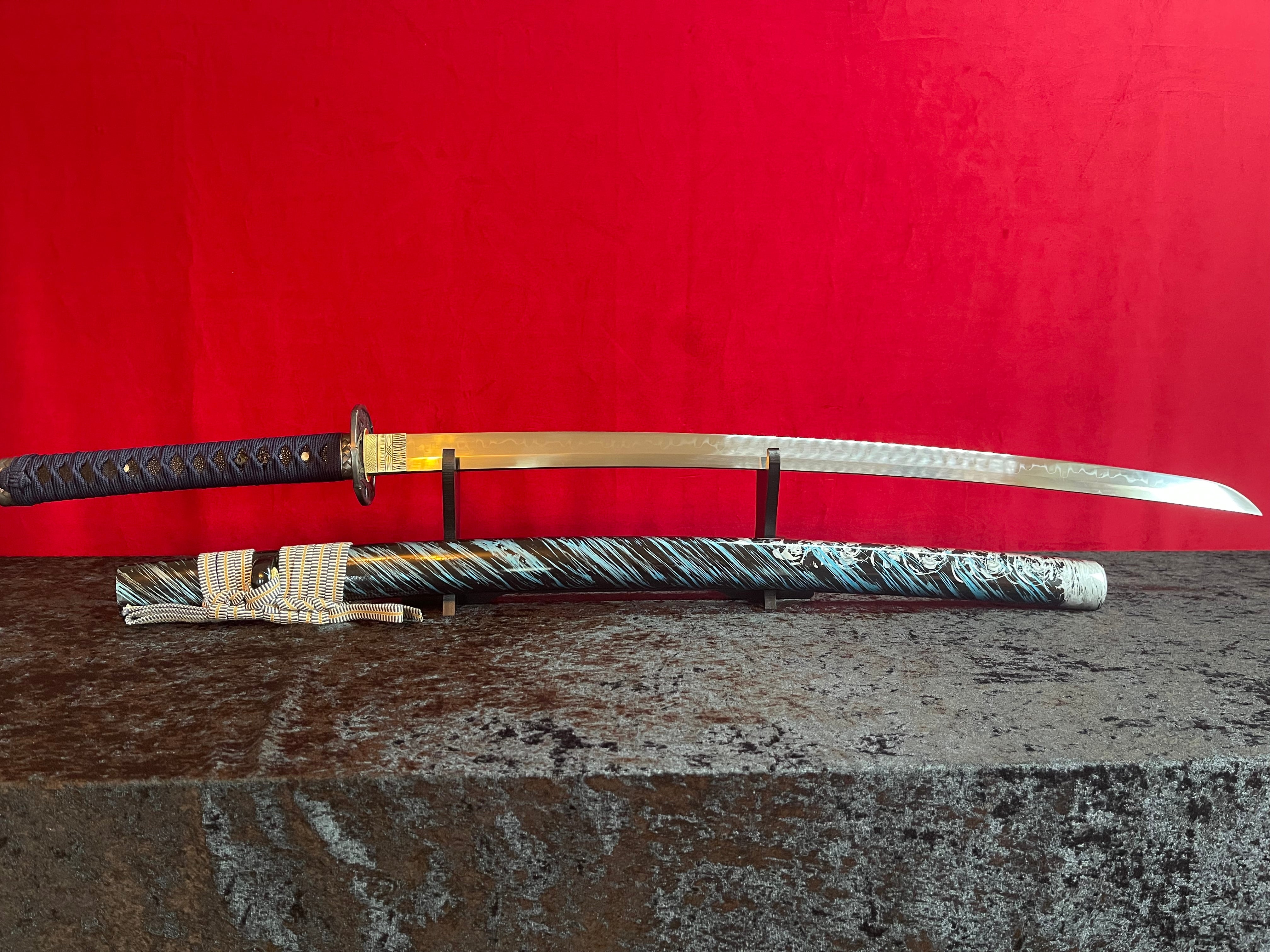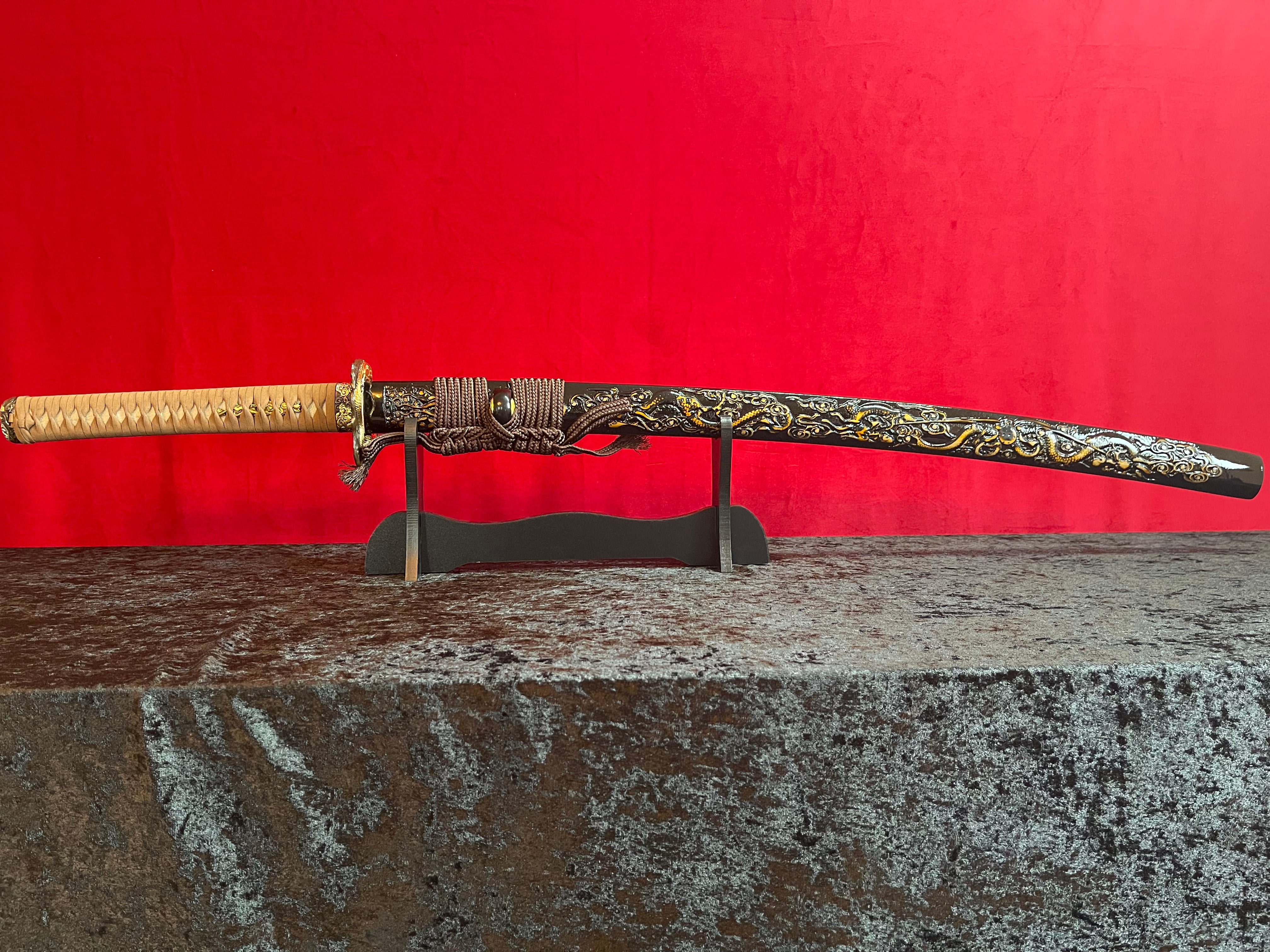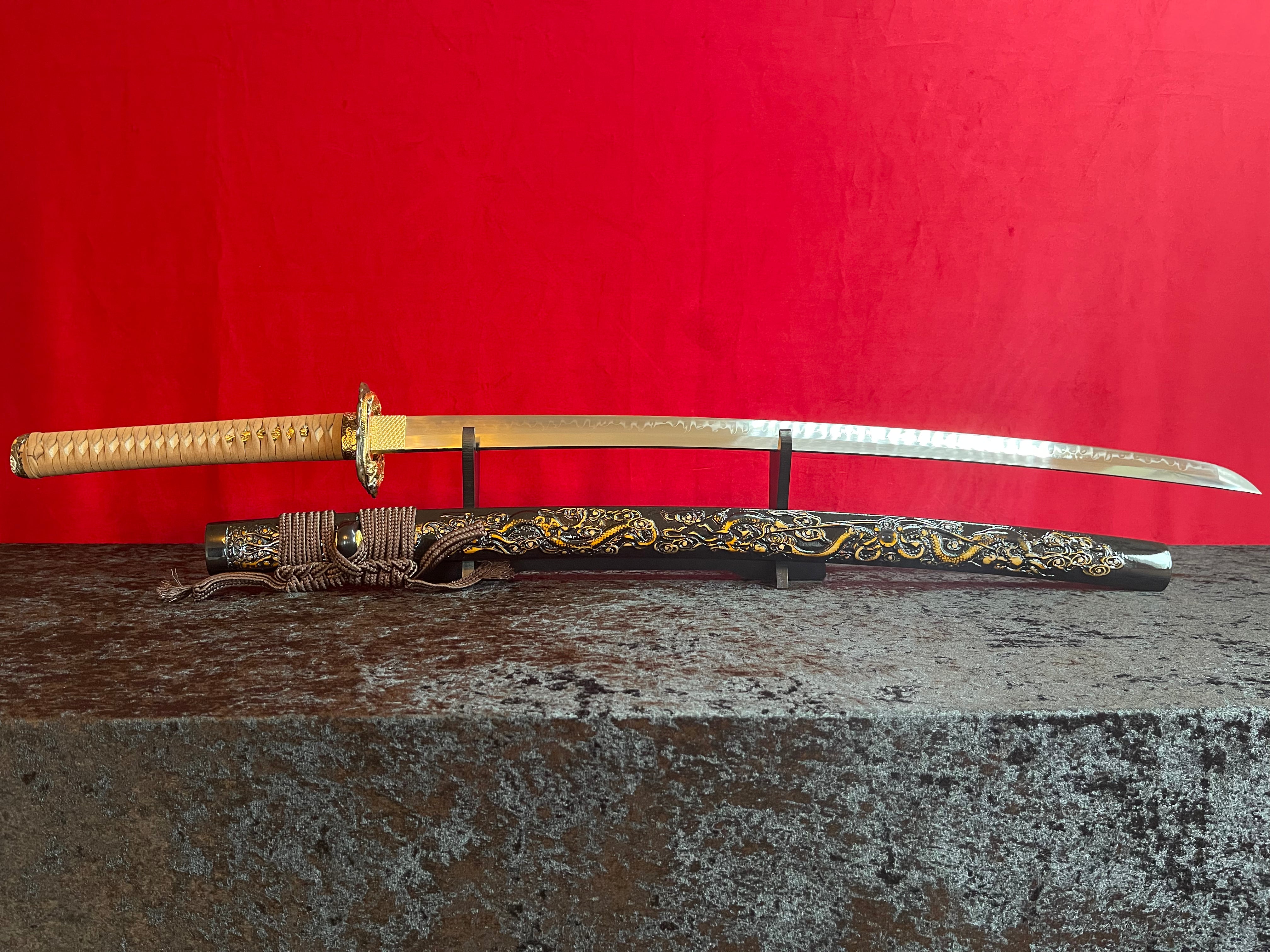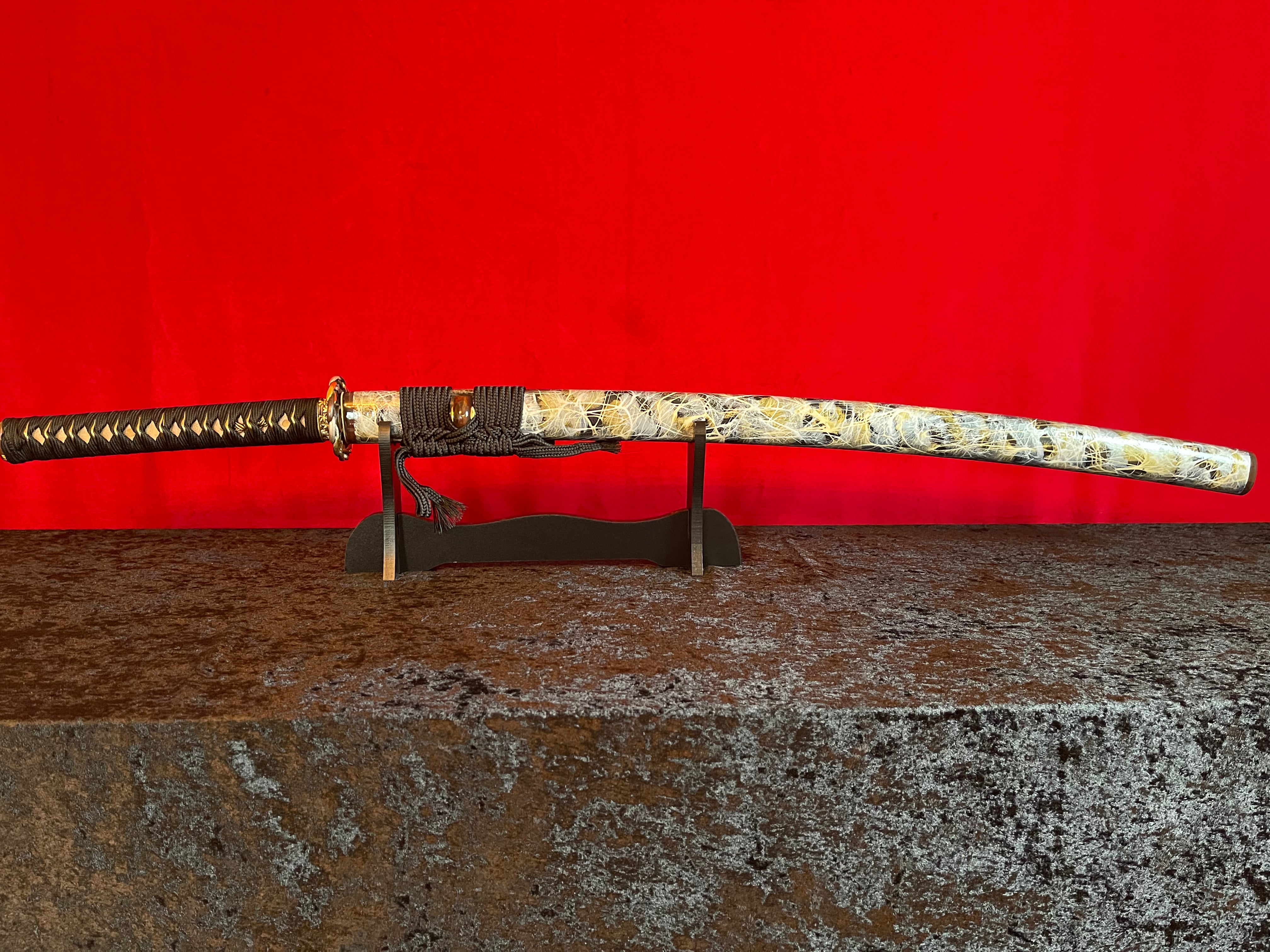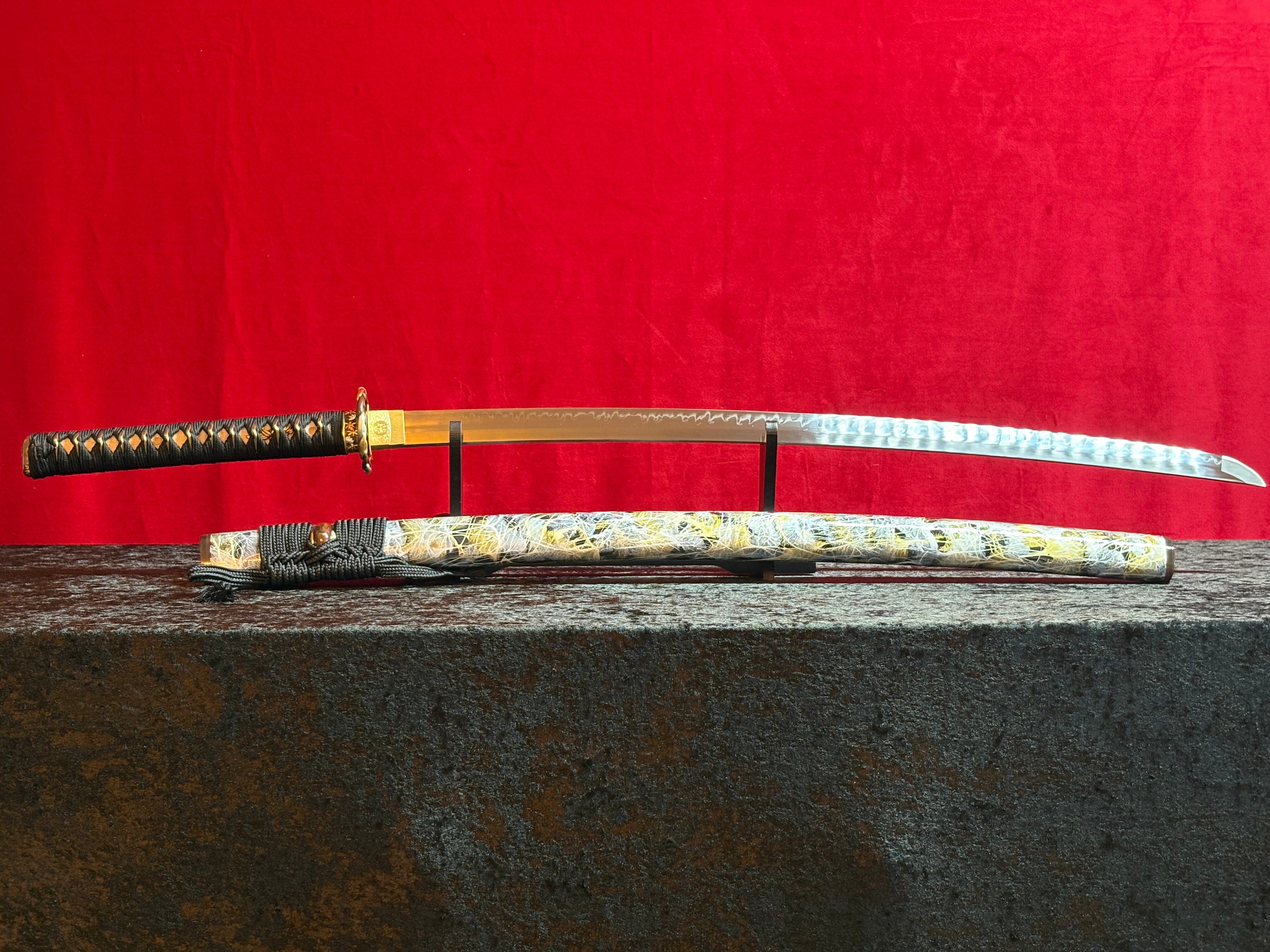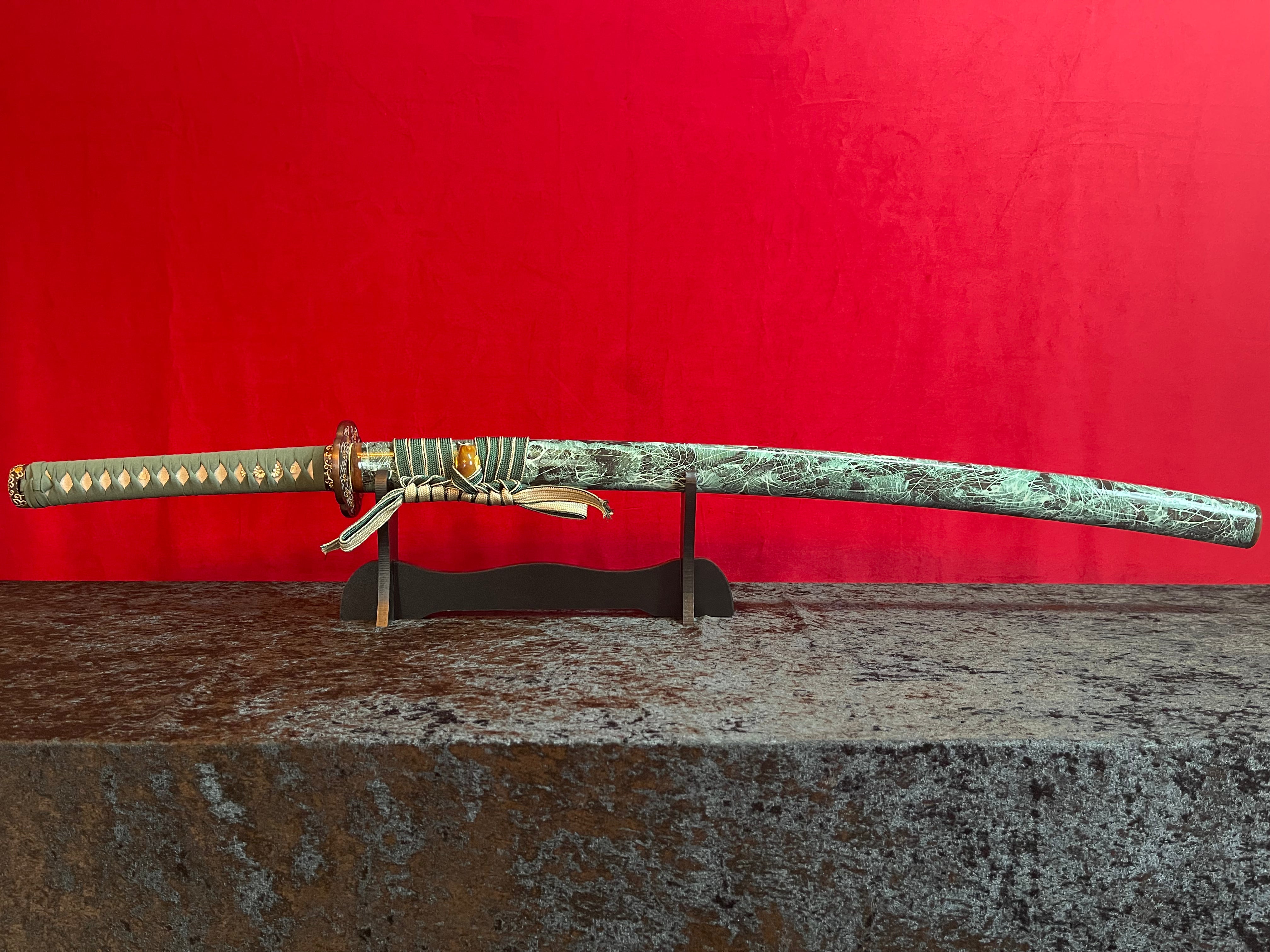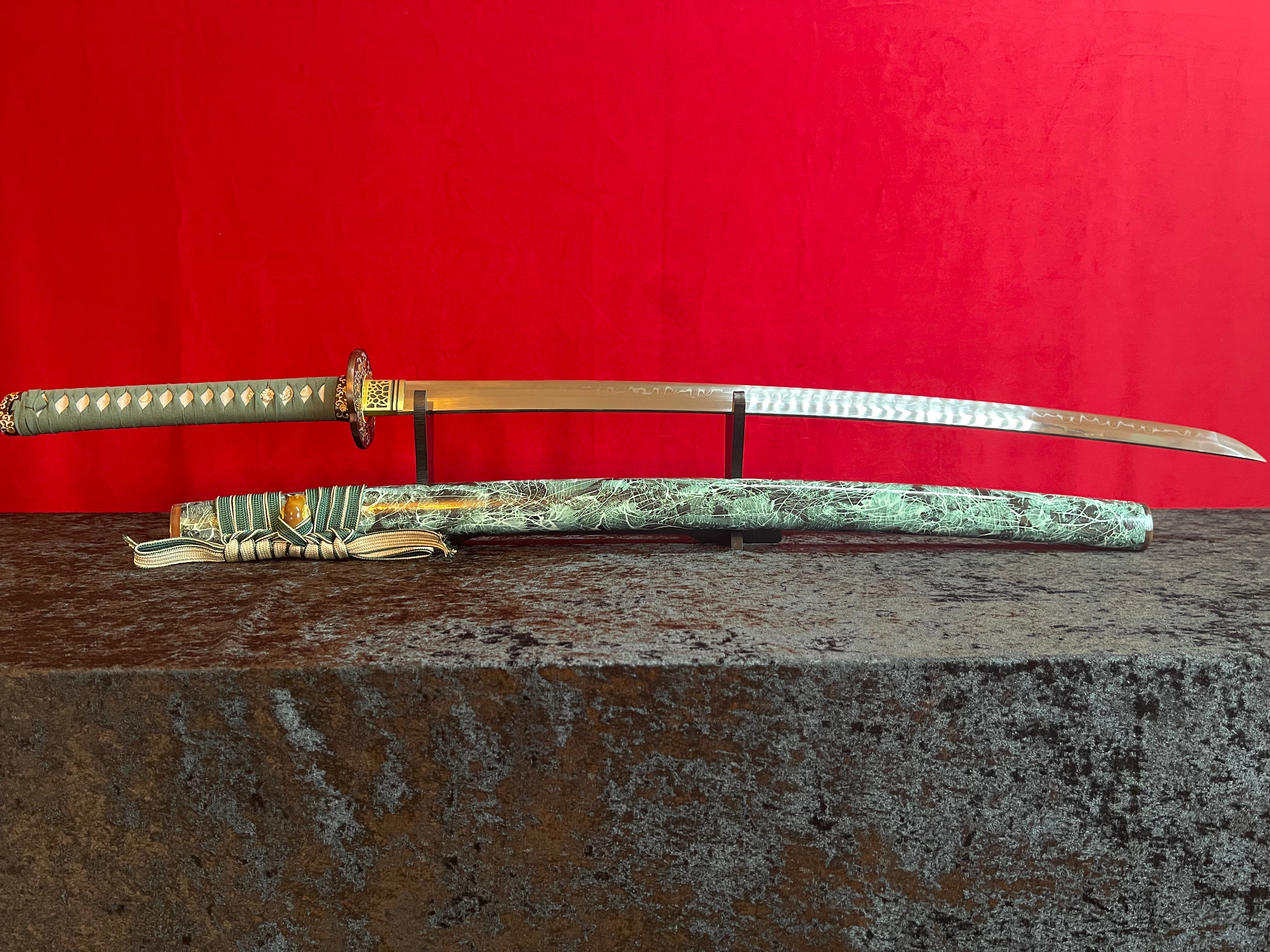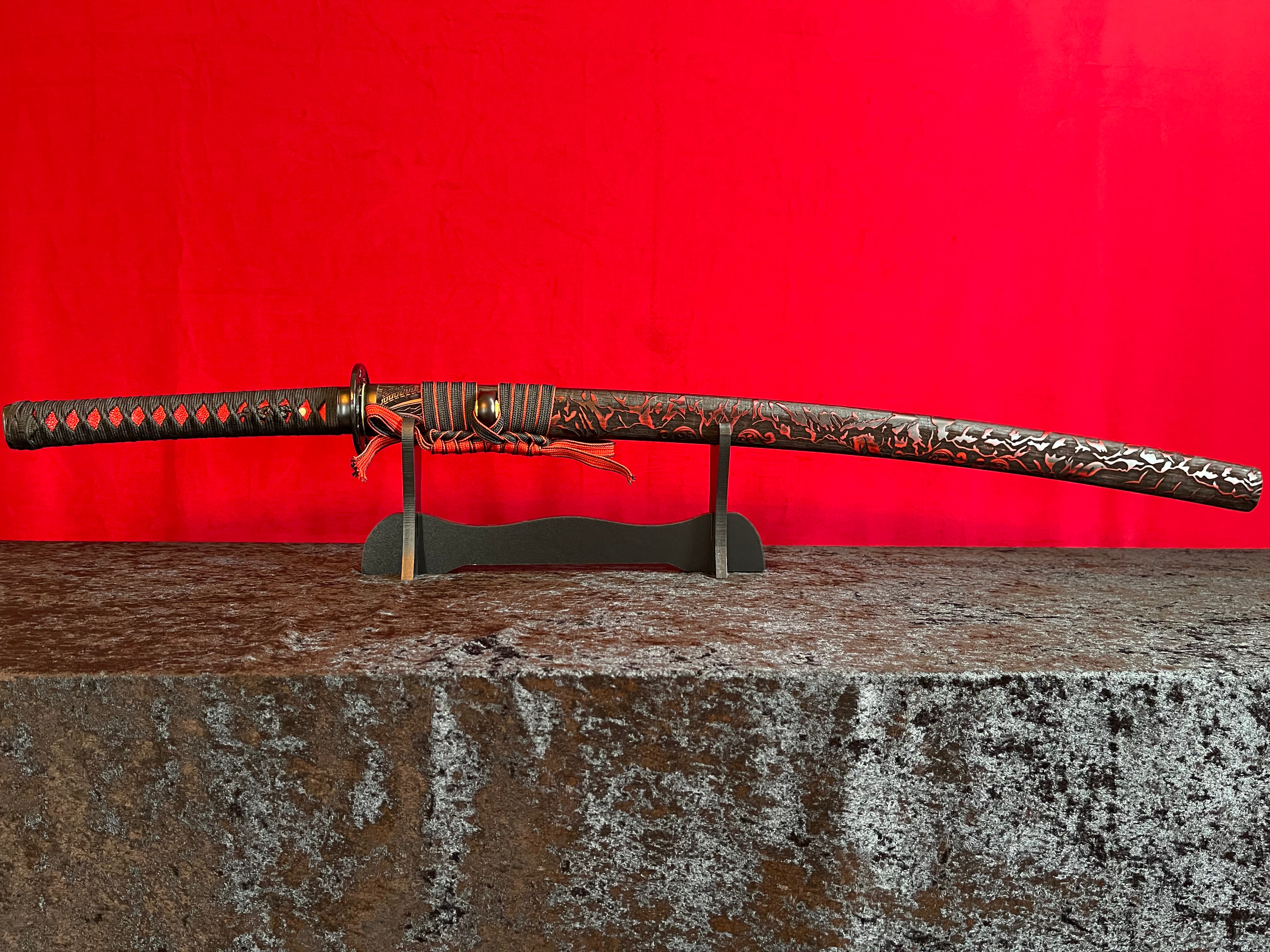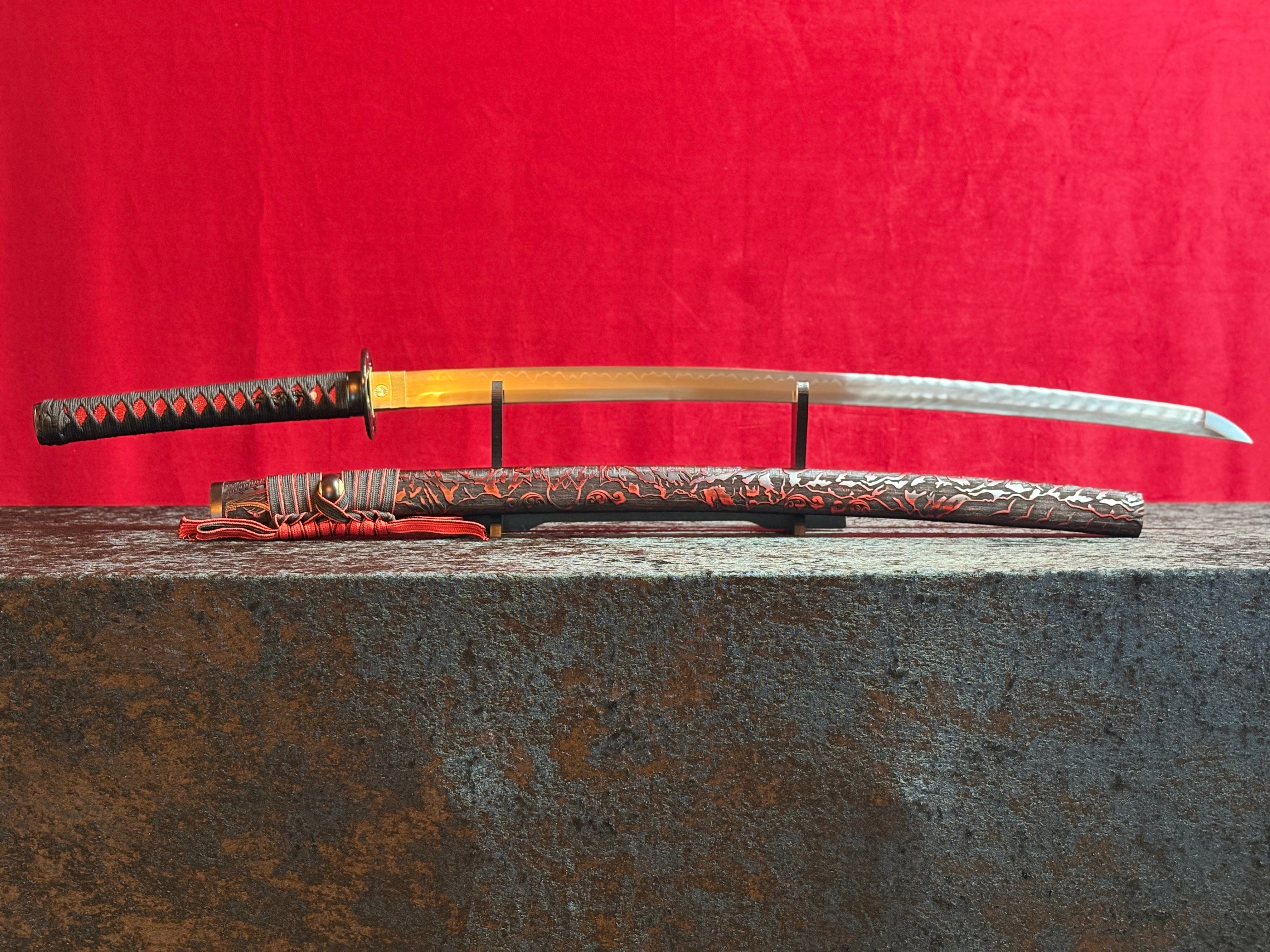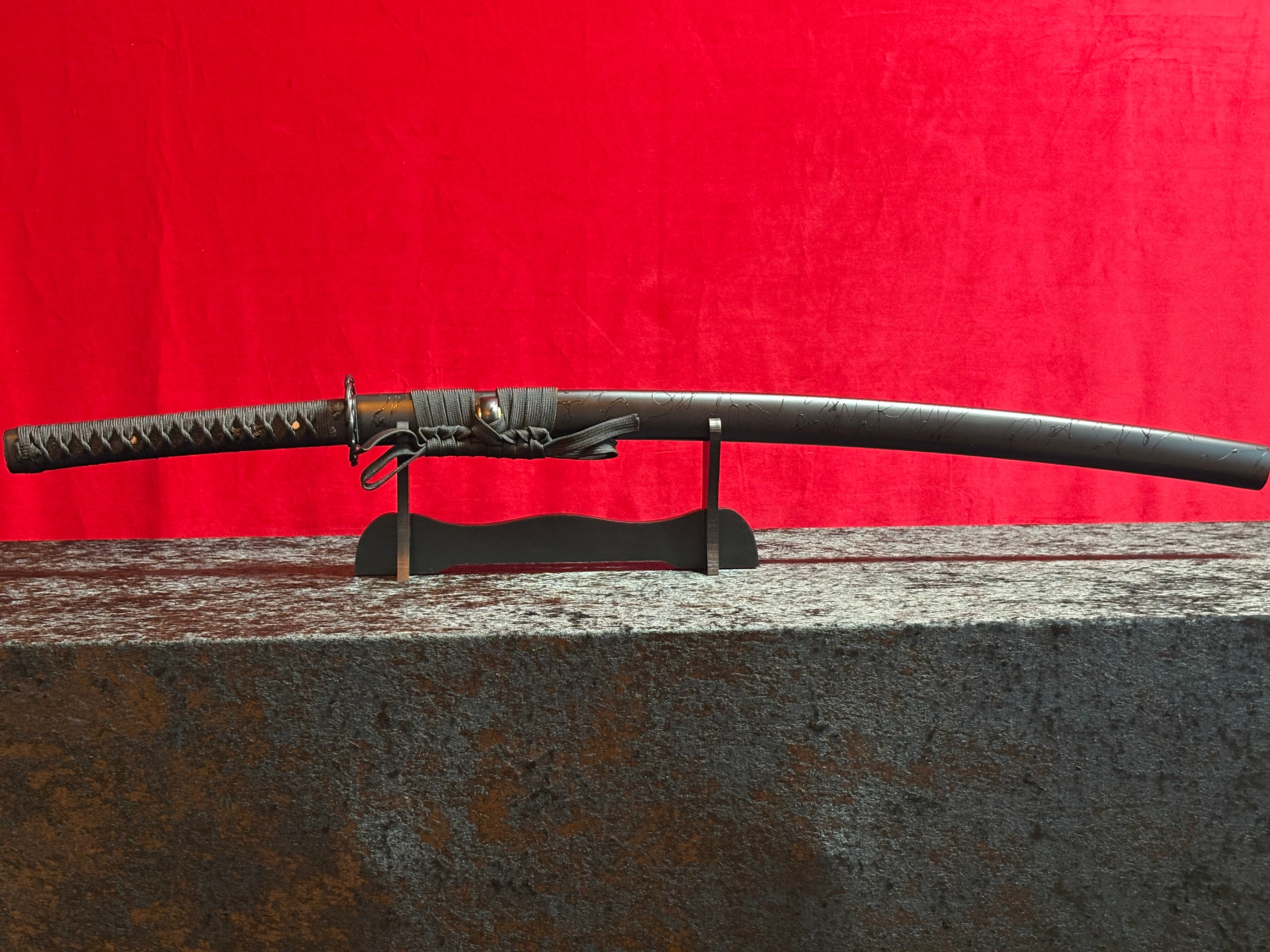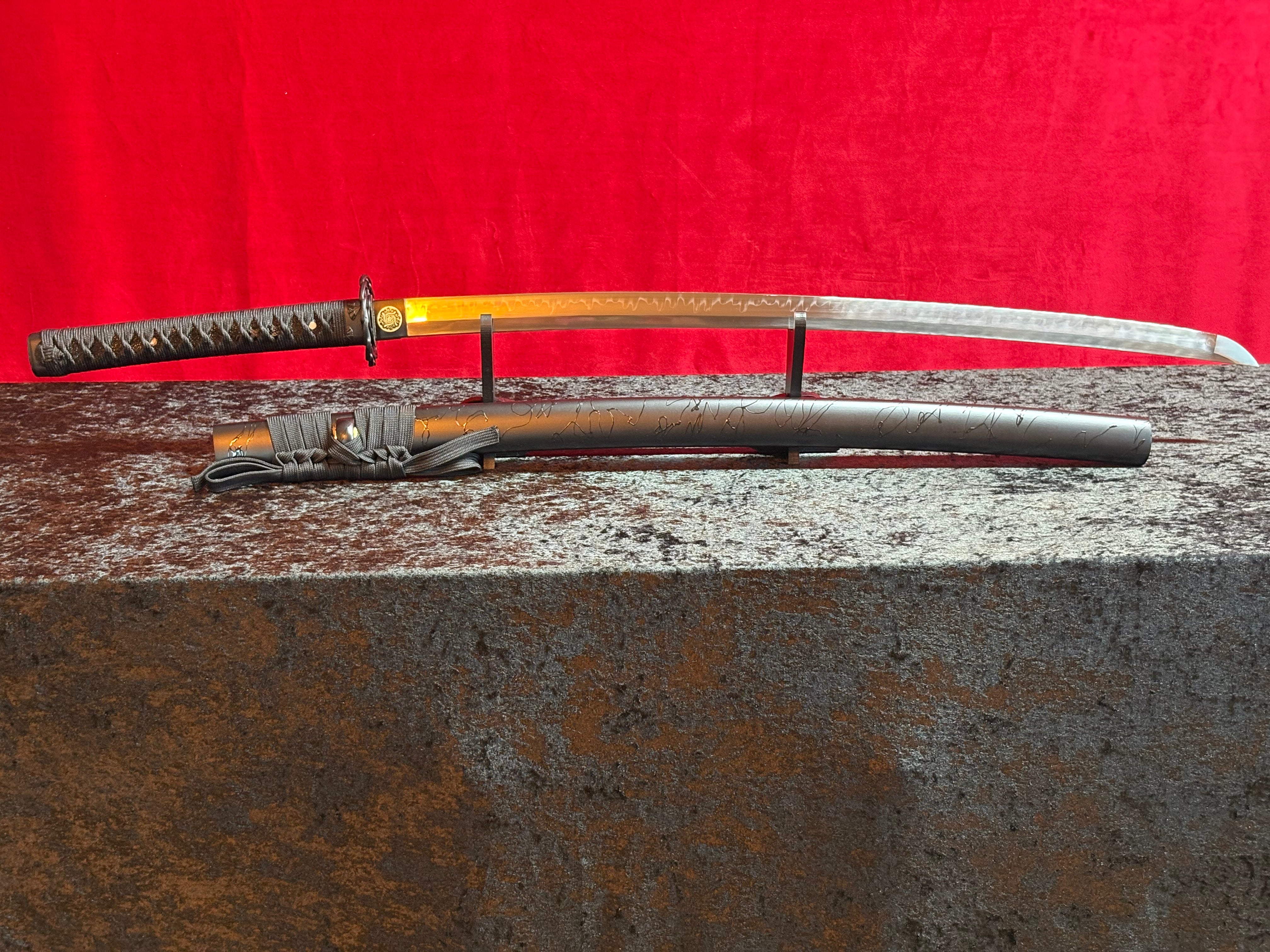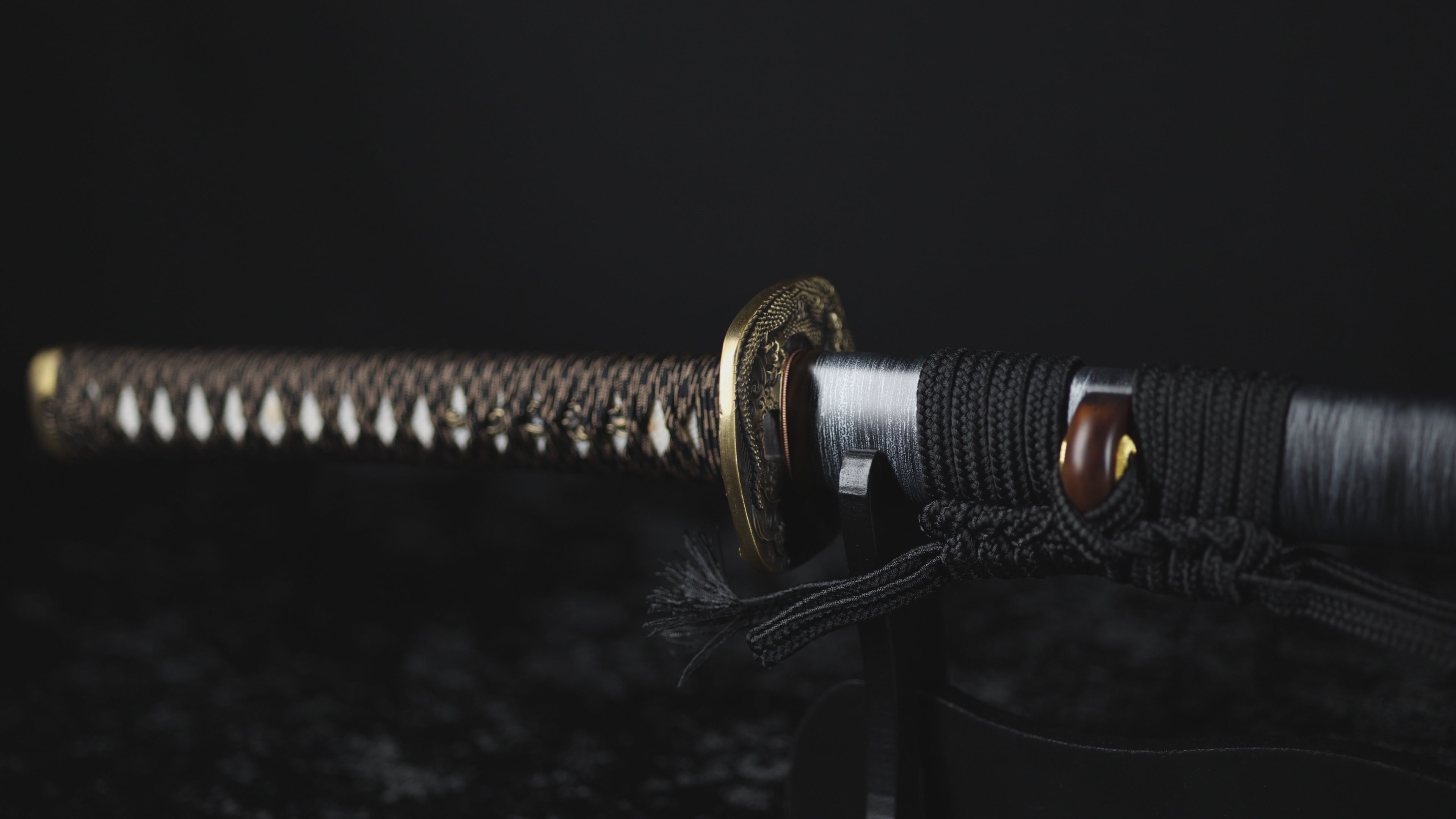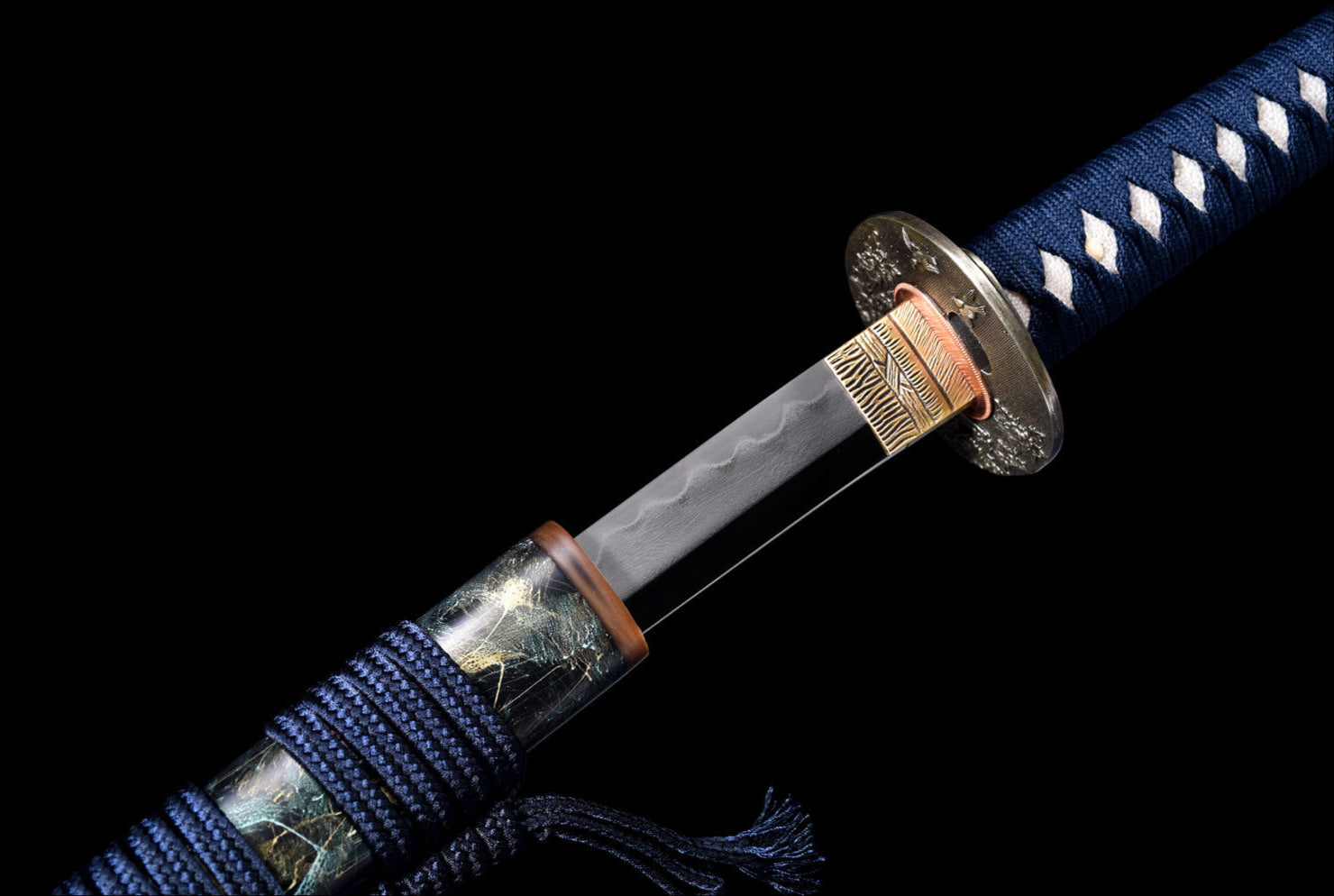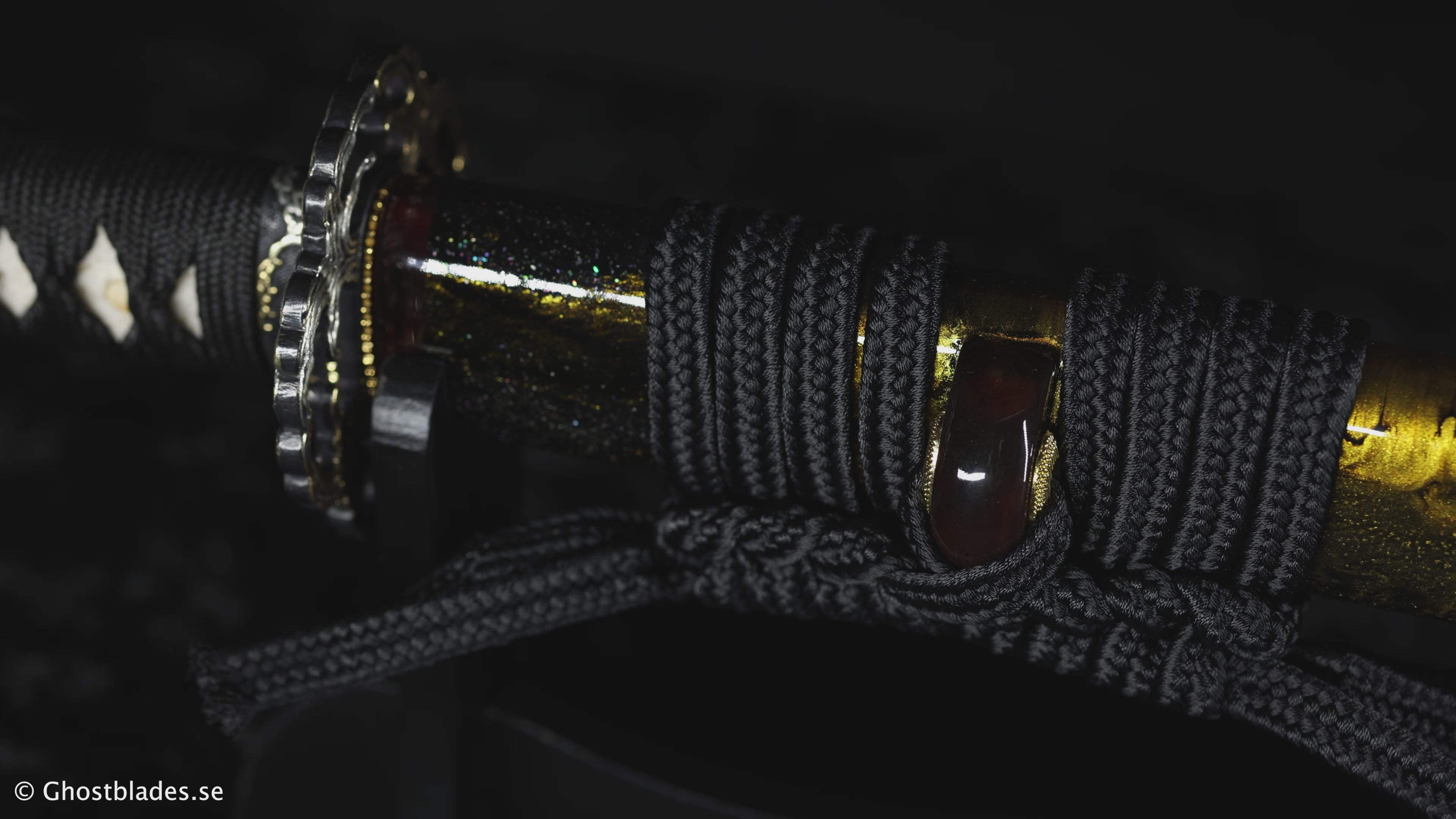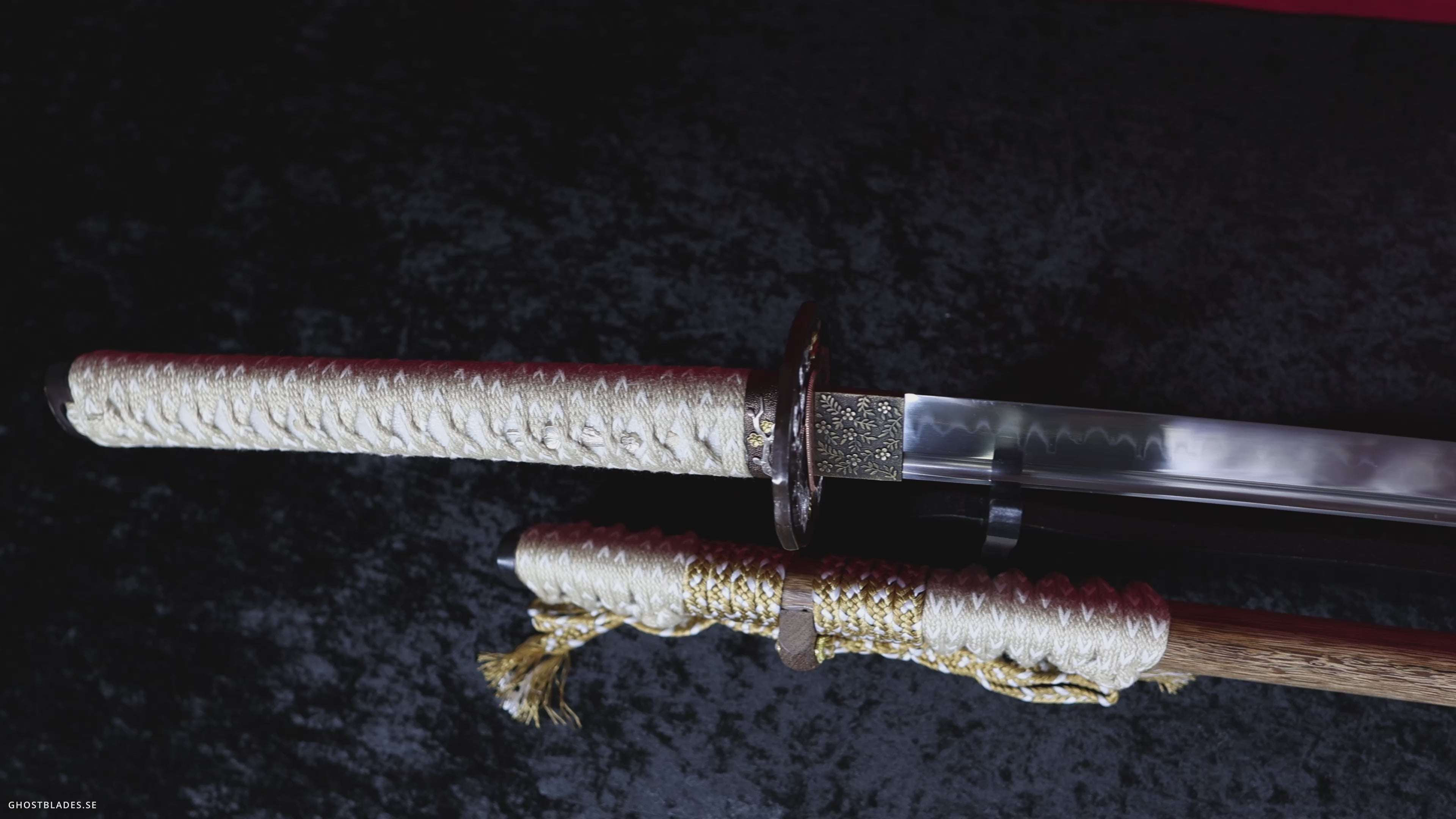Leveransen var snabb och allt motsvarade förväntningarna.
Perfekt kommunikation och snabb leverans. Grymt snyggt svärd med fin hamon!
Otroligt snyggt svärd, riktigt bra kvalitet som alltid!
Seriös, bra kommunikation, misstag löst på bästa vis. Rekommenderas!
Väldigt bra säljare. Snabb leverans och bra kommunikation. Katanan välpackad.
Ett fantastiskt svärd med otrolig detaljrikedom och en vacker hamon som verkligen sticker ut. Leveransen var snabb och kommunikationen utmärkt, rekommenderas starkt!
super fint svärd! rekommenderas!! riktigt grym säljare svarar och postar snabbt!
Väldigt snabbt skickad, väl paketerad, t.o.m. snyggare än på skärmen. Tung!
Väldigt snabb leverans! Svärdet sitter lite löst i baljan men enkelt att fixa.
